Let’s Bring Back 18th Century Fashion, Minus the Colonial Wigs
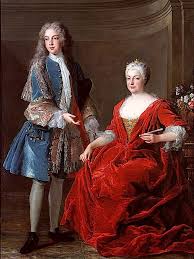
Photo Courtesy of Fashionhistory.fitnyc.edu
18th century royalty displays the peak of 18th century fashion. The dresses and the jewelry all came together for a great outfit.
February 2, 2021
Let’s take a look at 21st century fashion-or rather lack thereof. For the majority of individuals, an outfit normally starts off with a t-shirt -maybe hoodie if one is feeling cold or lazy- evidently topped off with some straight legged pants and sneakers. Considering this whole ensemble has become a benchmark, there may seem to be nothing wrong with it, and in retrospect, there isn’t, but there certainly is not anything great about it either.
If you were to see an individual clad in blue skinny jeans with a white t-shirt, and had the audacity to say that it was exciting, you’re either lying to yourself or haven’t been welcomed into the world 17th, 18th and 19th century European fashion.
To compare our generations’ trends with there’s is simply a death wish, as the creativity put into a single sleeve on one of Marie Antoinette’s dresses is enough to put an entire modern outfit to shame. Creativity, being essential to design, is actually one of the generating factors marking the difference of our fashions, as this centuries’ artists tend to stick with a certain mold for streetwear.
To us, a 17th or 18th century outfit is to essentially dress like a prince or princess, and after all of the Jane Austen books I’ve read, I cannot fathom why we decided it was a good idea to stop.
A gown, for example, wouldn’t be promoted as a “regular” ensemble, but rather a design to be worn on special occasions. Evidently, that wasn’t the case in the past centuries, where both pants and eccentric dresses were considered everyday attire.
The appeal of old fashion doesn’t end with the actual clothing, as the jewelry and hair styles were also incredibly exceptional. Women of the era were constantly adorned in jewels, or wanted to be adorned in jewels, all of which coordinated perfectly with their dresses. Men followed a similar pattern, with pocket watches matching whichever collared suit they had on for the day.
To us, a 17th or 18th century outfit is to essentially dress like a prince or princess, and after all of the Jane Austen books I’ve read, I cannot fathom why we decided it was a good idea to stop.
It seems over the years we have just gotten progressively lazier with how we dress, which can be convenient at some points, but for the most part I’d much rather be wearing a ballgown than a hoodie to run my errands.
Thus, this adopted laziness shouldn’t be without question, as the constant layering and time it took to simply look the part of a 17th century individual was probably enough to drive all of our great great great grandparents through a wall. Evidently, looking so beautifully put together was an hourly process, specifically for the women of those eras. Luckily for us, adopting these styles won’t be as grave of an issue, as we have electrically powered curling irons and corsets with clasps, which will undoubtedly speed up the process.
Despite the obvious difference in our generations’ fashion, we definitely have adopted some of their trends. Corsets for example, have become increasingly popular over these past couple of years, wearing the once undergarment as a top. Even the puffed sleeves on 17th/18th century gowns have been approached into shorter, modern dresses, but the outcomes are just that, an approach.
Nonetheless, why are we pulling out some aspects of centuries old fashion when we could potentially do the whole thing? “Go bigger or go home” is not always an ideal proverb, but in this case, it most definitely is.
All we have to do now is wait for one brave soul to start dressing like Marie Antoinette, where people will slowly start to follow in suit. So yeah, let’s bring back 18th Century fashion, but Louis XIV can keep the powdered wigs in the Victorian Era.



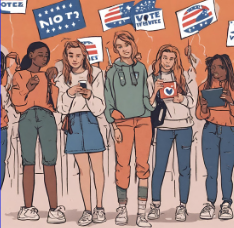

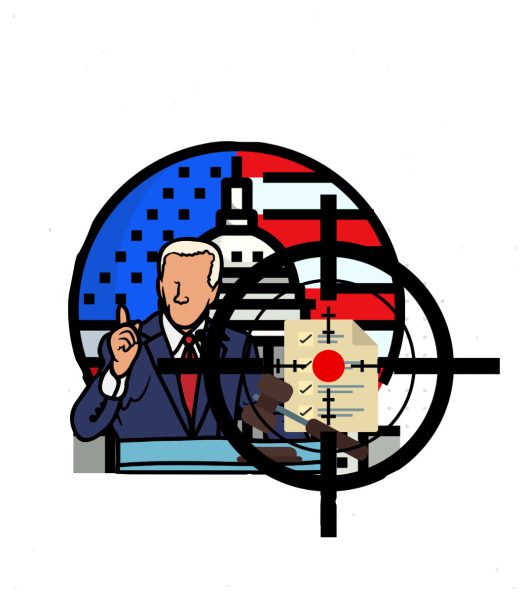
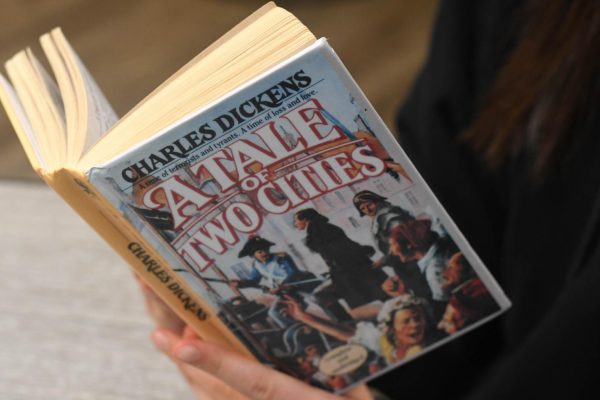
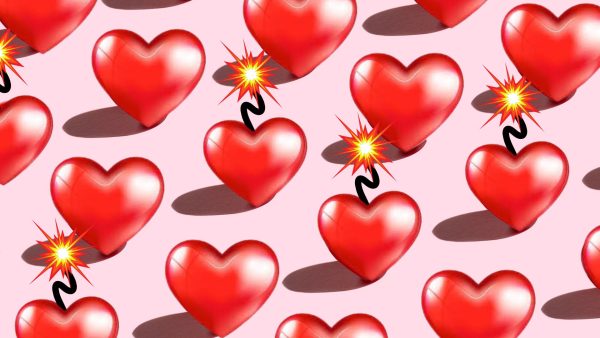




Rena • Mar 15, 2024 at 3:14 PM
Good idea. We should do it. I for one, would not mind being the one brave soul to do it.
randall • Apr 12, 2021 at 9:29 PM
this is great! xD